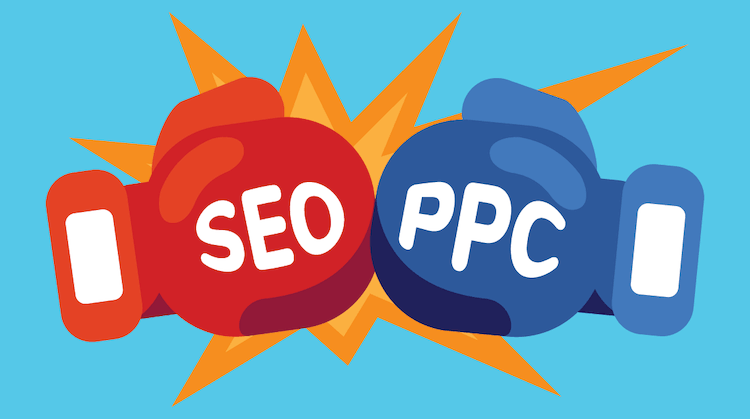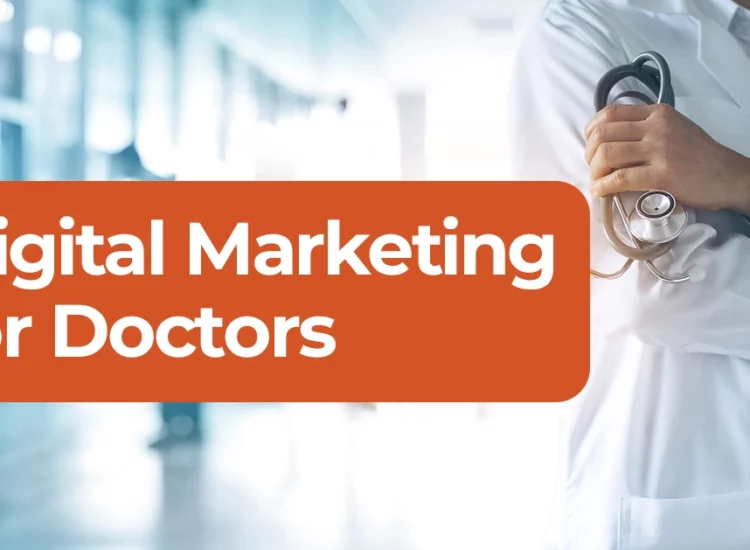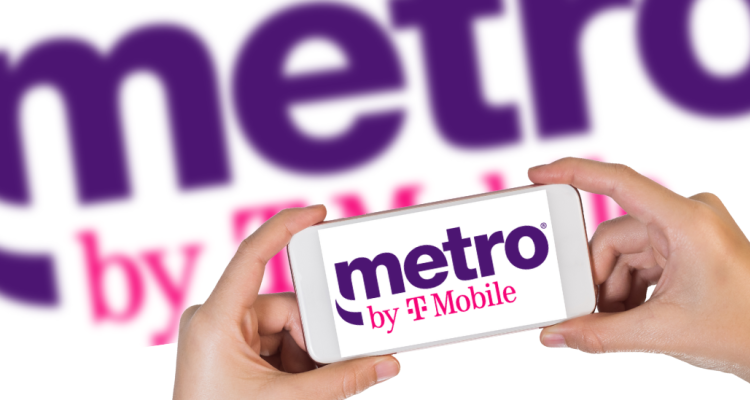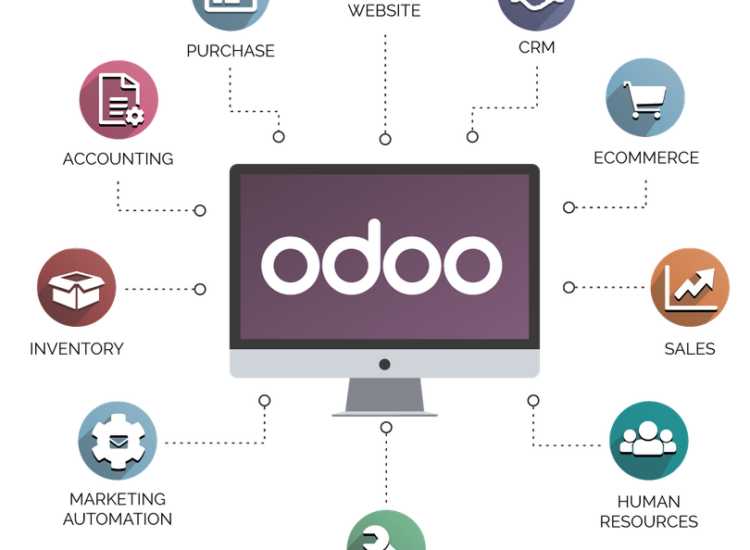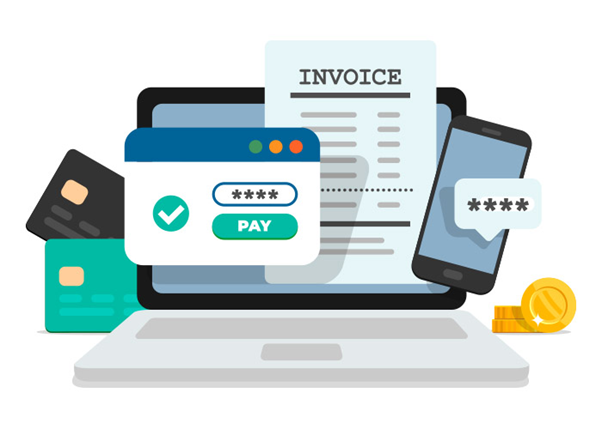In today’s digital age, businesses have to be present online in order to reach a wider audience and stay competitive. One way of achieving this is through Software as a Service (SaaS) digital marketing. SaaS refers to the delivery of software over the internet on a subscription basis, and it has become increasingly popular among businesses due to its flexibility and cost-effectiveness.
Toc
Introduction to SaaS Digital Marketing
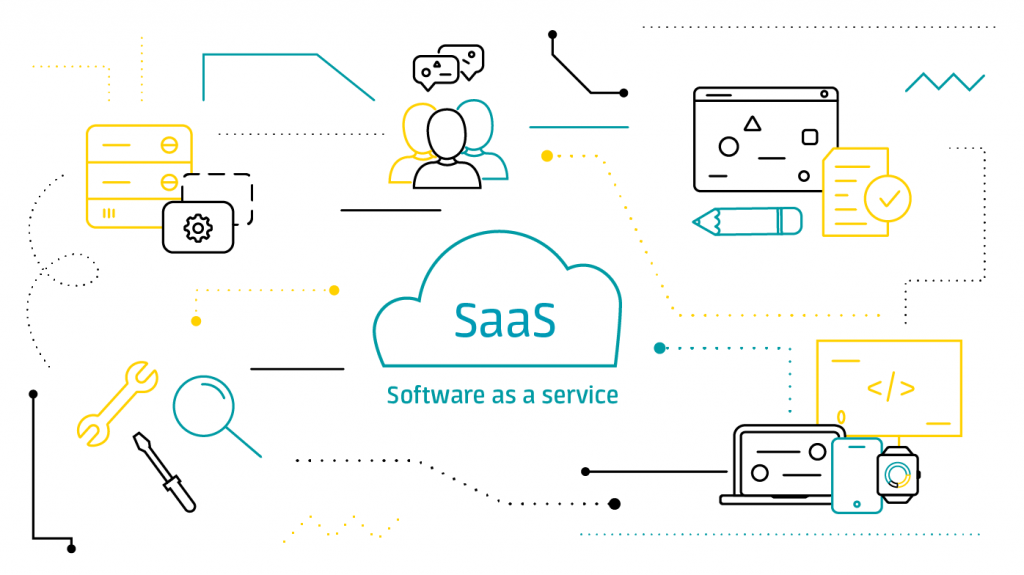
Software as a Service (SaaS) digital marketing has revolutionized the way businesses promote their products and services. With the rise of technology and internet usage, more and more companies are turning to SaaS solutions for their digital marketing needs. This approach allows businesses to access advanced marketing tools and strategies without the need for investing in expensive software or hardware.
Understanding SaaS Digital Marketing
SaaS digital marketing is essentially a subscription-based model where the marketing software and tools are delivered over the internet. This means that businesses do not need to install or maintain any software on their own servers, as all of it is managed by the SaaS provider. This makes it a cost-effective option for businesses of all sizes, as they only pay for the services they need and can easily scale up or down as per their requirements.
Benefits of SaaS Digital Marketing
There are several benefits associated with using SaaS digital marketing for your business. Some of these include:
- Cost-effectiveness: As mentioned earlier, businesses only pay for the services they use, making it a more affordable option compared to traditional software.
- Accessibility: SaaS digital marketing can be accessed from any device with an internet connection, making it convenient for businesses to manage their marketing efforts on the go.
- Scalability: With SaaS, businesses can easily scale up or down their subscription as their needs change. This makes it a flexible solution for growing and evolving businesses.
- Regular updates: SaaS providers are responsible for maintaining and updating the software, ensuring that businesses have access to the latest tools and features without any additional cost or effort.
Key Strategies for SaaS Digital Marketing Success
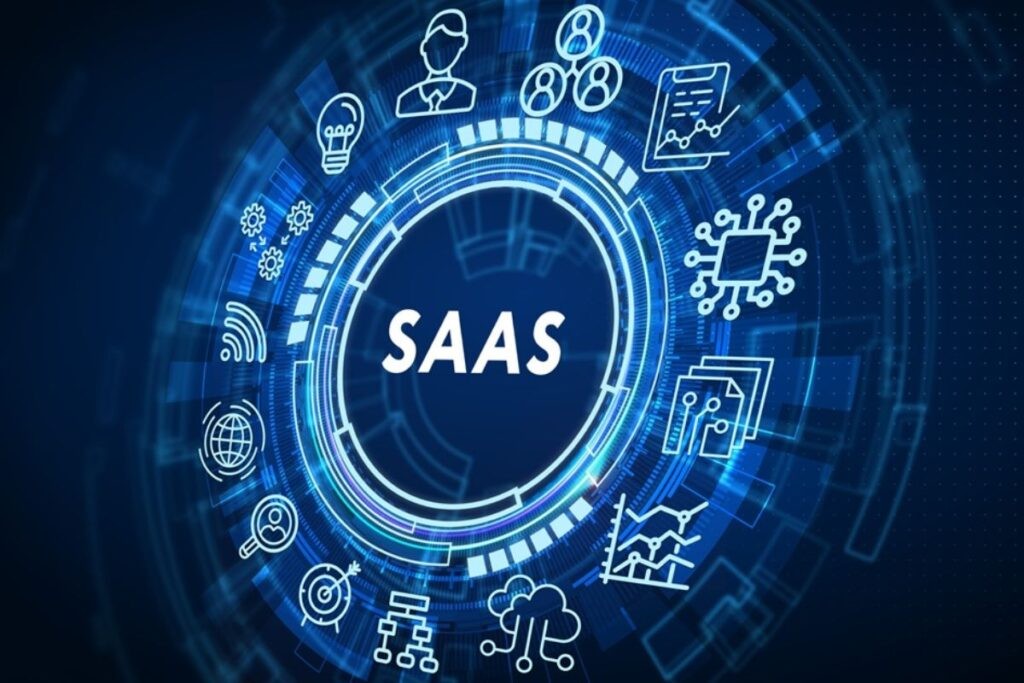
In order to get the most out of SaaS digital marketing, businesses need to have a well-thought-out strategy in place. Here are some key strategies that can help you achieve success with SaaS digital marketing:
Leveraging SEO for SaaS Digital Marketing
Search Engine Optimization (SEO) is a critical component of a successful SaaS digital marketing strategy. By optimizing your website and content for search engines, you can improve your organic search rankings and drive more traffic to your site. To leverage SEO effectively, focus on keyword research to identify the terms and phrases your target audience is searching for. Then, incorporate these keywords naturally into your website content, blog posts, and meta descriptions. Additionally, make sure your website is mobile-friendly, has fast loading times, and provides a seamless user experience, as these factors also impact your search engine rankings.
Utilizing Content Marketing
Content marketing is another powerful strategy within SaaS digital marketing. By creating valuable and informative content, such as blog posts, whitepapers, case studies, and webinars, you can position your business as an industry thought leader and build trust with your audience. Consistently publishing high-quality content not only drives organic traffic to your website but also helps in nurturing leads and converting them into customers. Make sure your content addresses the pain points and needs of your target audience while highlighting the unique value proposition of your SaaS offerings.
Embracing Social Media Marketing
Social media platforms offer an excellent opportunity for SaaS companies to connect with their audience, share content, and promote their products and services. Develop a strategic social media marketing plan that includes regular posting, engagement with followers, and targeted advertising campaigns. Utilize different platforms based on where your target audience is most active, and tailor your content accordingly. Social media can also be a great way to gather feedback, provide customer support, and build a community around your brand.
Implementing Email Marketing
Email marketing remains a highly effective strategy for nurturing leads and maintaining relationships with existing customers. Develop automated email marketing campaigns that are personalized and segmented based on the behavior and preferences of your audience. Use email marketing to share valuable content, announce new features or updates, and offer special promotions. By providing relevant and timely information, you can keep your audience engaged and encourage them to make a purchase or upgrade their subscription.
Analyzing Data and Metrics
To ensure the success of your SaaS digital marketing efforts, it is essential to continuously analyze data and metrics. Use analytics tools to track the performance of your campaigns, measure key performance indicators (KPIs), and gain insights into customer behavior. This data-driven approach allows you to identify what is working well and what needs improvement, enabling you to make informed decisions and optimize your marketing efforts for better results. Regularly review and adjust your strategy based on the insights gained to stay ahead of the competition and meet your business goals.
Leveraging SaaS Platforms for Marketing Automation
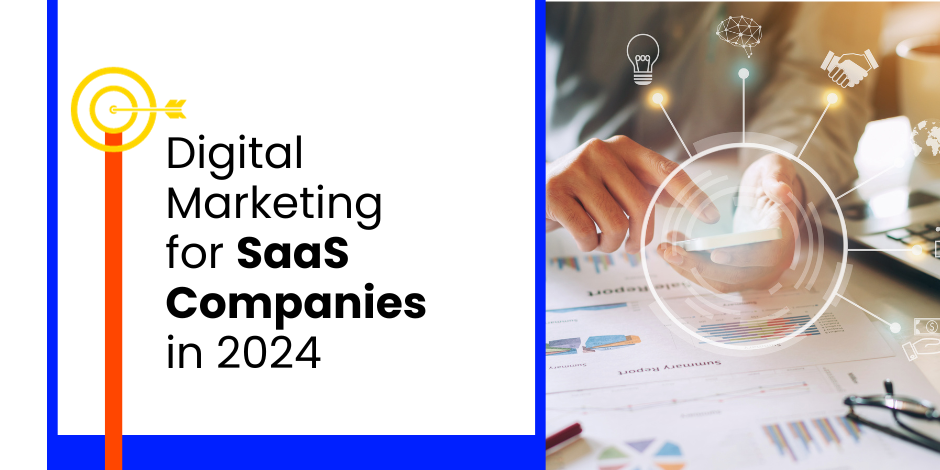
Marketing automation is a game-changer for businesses using SaaS platforms. By leveraging advanced automation tools, companies can streamline their marketing processes and improve efficiency. Automation tools can handle repetitive tasks such as email campaigns, social media posting, and lead nurturing, freeing up valuable time for your marketing team to focus on strategy and creativity. These tools also allow for more personalized marketing efforts, as they can segment audiences based on behavior, preferences, and interactions, ensuring that each customer receives relevant and timely communication.
Overview of SaaS Marketing Automation Tools
SaaS marketing automation tools come in various forms, each designed to address specific aspects of your marketing efforts. Some of the most popular marketing automation tools include customer relationship management (CRM) systems, email marketing platforms, social media management tools, and analytics software. CRM systems like HubSpot and Salesforce help businesses manage their customer data, track interactions, and automate sales workflows. Email marketing platforms like Mailchimp and SendGrid enable personalized email campaigns and comprehensive reporting.
Social media management tools such as Hootsuite and Buffer allow businesses to schedule posts, monitor engagement, and analyze social media performance. Analytics tools like Google Analytics and Adobe Analytics provide insights into website traffic, user behavior, and campaign effectiveness. By integrating these various tools, businesses can create a cohesive and automated marketing ecosystem that drives growth and improves overall efficiency.
Choosing the Right SaaS Marketing Tools for Your Business
Selecting the right combination of SaaS marketing tools is crucial for achieving success. Start by identifying your specific marketing needs and goals. Consider your target audience, the channels you use most frequently, and the type of content you produce. Evaluate different tools based on their features, ease of use, and scalability. Many SaaS providers offer free trials or demos, which can give you a better understanding of how their tools can benefit your business.
Additionally, it’s essential to consider the integration capabilities of the tools you choose. Seamless integration between different platforms ensures that your marketing efforts are unified and efficient. Lastly, take into account the support and training provided by the SaaS provider. Robust customer support and comprehensive training resources can make a significant difference in how effectively you can use the tools and maximize their potential.
By carefully selecting and integrating the right SaaS marketing automation tools, businesses can enhance their marketing strategies, streamline operations, and achieve better outcomes.
The Role of SEO and Content Marketing in SaaS Growth

Search engine optimization (SEO) and content marketing play a crucial role in the growth of SaaS companies. SEO helps improve website visibility, drive organic traffic, and increase brand awareness. By optimizing your website for relevant keywords, creating high-quality content, and obtaining backlinks from reputable sources, you can improve your search engine rankings and attract more qualified leads.
Importance of SEO for SaaS Visibility and User Acquisition
A strong SEO strategy begins with comprehensive keyword research to identify the terms and phrases potential customers use when searching for SaaS solutions. Incorporating these keywords naturally into your website content, meta descriptions, and titles can improve your search engine rankings. Additionally, technical SEO elements such as website speed, mobile friendliness, and secure connections (HTTPS) also play a significant role in your SEO performance.
Creating High-Quality Content for SaaS
Content marketing is another vital component of a successful SaaS growth strategy. Providing valuable and informative content not only helps in building trust with your audience but also positions your company as an industry leader. Regularly publish blog posts, whitepapers, e-books, case studies, and tutorials that address the pain points and interests of your target audience. This approach can help to attract and retain customers by providing them with the knowledge and solutions they need.
Leveraging Backlinks for Improved SEO
Backlinks from reputable sources are a powerful way to enhance your website’s authority and improve your search engine rankings. Engage in guest blogging, collaborate with industry influencers, and get listed on relevant directories to build quality backlinks. Remember that the focus should always be on acquiring purposeful and high-quality links rather than mass link-building.
Measuring and Adjusting Your SEO and Content Marketing Efforts
To ensure your SEO and content marketing strategies are effective, it is important to regularly measure and analyze their performance. Tools like Google Analytics and SEMrush can provide insights into how your content is performing and whether your SEO efforts are driving the desired traffic. Use this data to make informed adjustments to your strategies, ensuring continuous improvement and alignment with your business goals.
By integrating SEO and content marketing into your overall SaaS growth plan, you can drive organic traffic, build brand authority, and generate qualified leads that contribute to long-term success.
Measuring the Success of SaaS Digital Marketing Efforts
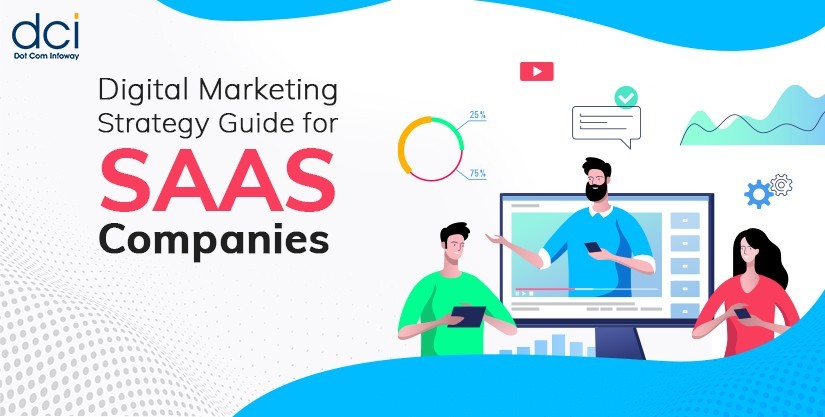
With the plethora of analytics tools available, measuring the success of SaaS digital marketing efforts has become easier than ever. Key metrics to track include website traffic and user behavior, conversion rates, customer acquisition cost (CAC), and lifetime value (LTV).
Key Metrics for SaaS Digital Marketing
- Website Traffic and User Behavior: Monitoring website traffic and user behavior provides insights into how visitors interact with your site and where they come from. Tools like Google Analytics can help you track metrics such as page views, sessions, bounce rates, and average session duration. By understanding these metrics, you can identify which marketing channels are most effective in driving traffic and optimize user experience to enhance engagement and conversions.
- Conversion Rates: Conversion rates are crucial for assessing the effectiveness of your marketing campaigns. This metric measures the percentage of visitors who take desired actions, such as signing up for a trial, subscribing to a newsletter, or making a purchase. To boost conversion rates, consider A/B testing different elements of your landing pages, calls to action (CTAs), and overall user journey to determine what resonates best with your audience.
- Customer Acquisition Cost (CAC): Customer acquisition cost is the total cost of acquiring a new customer, including marketing and sales expenses. Reducing CAC is important for maintaining profitability and scaling your SaaS business. By analyzing CAC, you can evaluate the return on investment (ROI) of your marketing efforts and allocate your budget more effectively. Strategies to lower CAC include optimizing your marketing funnels, improving targeting, and enhancing lead nurturing processes.
- Lifetime Value (LTV): Lifetime value represents the total revenue a business can expect from a single customer account over its lifespan. Increasing LTV involves strategies to boost customer retention, upsell or cross-sell additional products, and improve customer satisfaction. By comparing LTV with CAC, you can understand the overall profitability of your customer acquisition strategies and make data-driven decisions to enhance long-term growth.
- Churn Rate: Churn rate is the percentage of customers who cancel their subscriptions within a given period. Minimizing churn is critical for SaaS companies to sustain growth. By analyzing churn rate, you can identify common reasons for customer attrition and implement strategies to address these issues. This might include improving customer support, enhancing product features, or providing more effective onboarding.
Tools for Tracking and Reporting Metrics
To effectively measure and report on these key metrics, leveraging robust analytics tools is essential. Platforms like Google Analytics, Mixpanel, and HubSpot offer comprehensive tracking and reporting capabilities. These tools enable you to create custom dashboards, set up automated reports, and gain deeper insights into your marketing performance. Regularly reviewing these metrics will help you make informed decisions, optimize your strategies, and drive sustainable growth for your SaaS business.
By closely monitoring key metrics and continuously refining your digital marketing strategies, you can ensure that your SaaS business remains competitive and achieves long-term success.
Conclusion
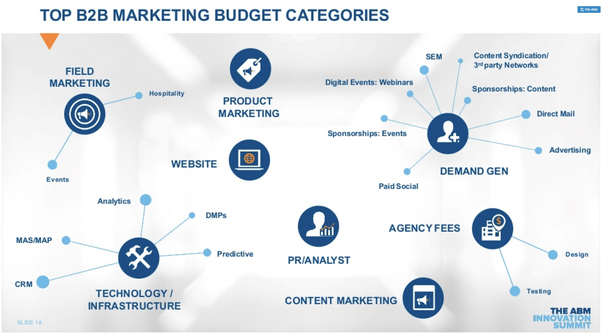
In summary, a robust digital marketing strategy that encompasses both SEO and content marketing is indispensable for the growth of SaaS companies. By focusing on creating valuable content, cultivating high-quality backlinks, and regularly measuring and adjusting your efforts, you can achieve a significant competitive edge in the dynamic digital landscape. Additionally, leveraging analytics tools to track key performance metrics such as website traffic, conversion rates, CAC, LTV, and churn rate will provide the necessary insights to drive data-informed decisions and sustainable growth.
By implementing these strategies and continually refining your approach, your SaaS business will be well-positioned to attract and retain customers, increase brand authority, and ultimately achieve long-term success. As the digital environment evolves, staying responsive and adaptable to new trends and technologies will ensure that your marketing efforts remain effective and relevant.
